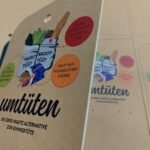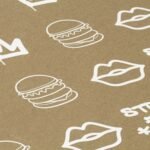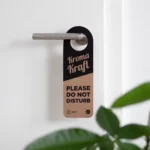Natural Brown Kraft Paperboard: A Comprehensive Guide
Natural Brown Kraft paperboard is a strong, eco-friendly material made from wood pulp. It keeps its natural brown color because it’s not bleached, making it sustainable and recyclable. The name “Kraft” comes from the German word for “strength,” highlighting its durability—a quality recognized since its invention in the 19th century by German chemist Carl F. Dahl.
- Blend of virgin and recycled pulp, chemical-free bleaching
- Fully recyclable, eco-friendly, recommended white-base printing
- Utilizes pine and bamboo pulp for durability
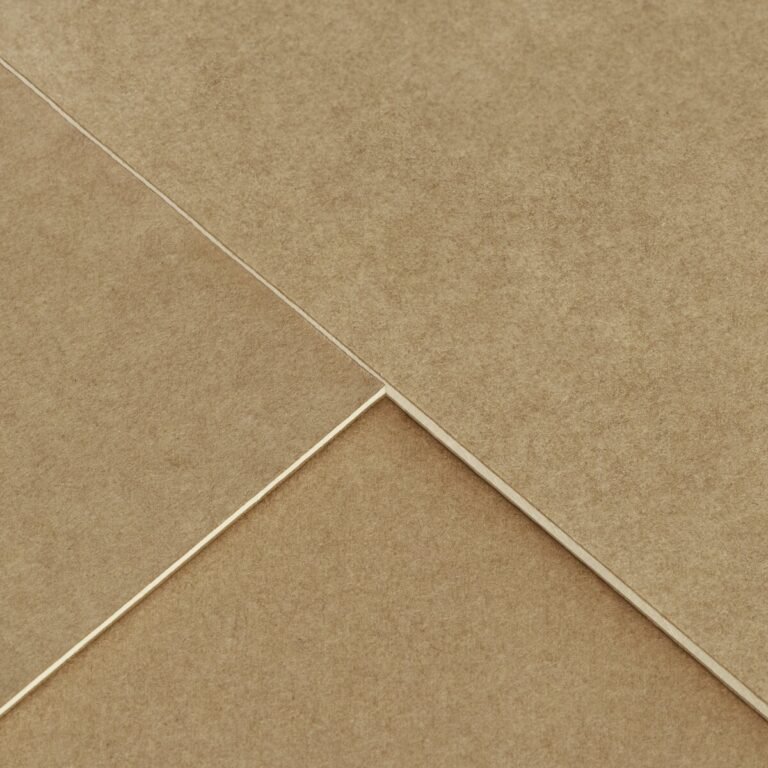
How It’s Made
The Kraft process turns wood into durable paperboard. Here’s the step-by-step breakdown:
1
Wood Chips
Trees like pine or bamboo are chipped into small pieces.
2
Cooking
Chips are cooked with chemicals to create strong pulp.
3
No Bleaching
No bleaching keeps it brown and eco-friendly.
4
Drying
Pulp is flattened and dried into paperboard sheets.
Natural Brown Kraft Specification Table
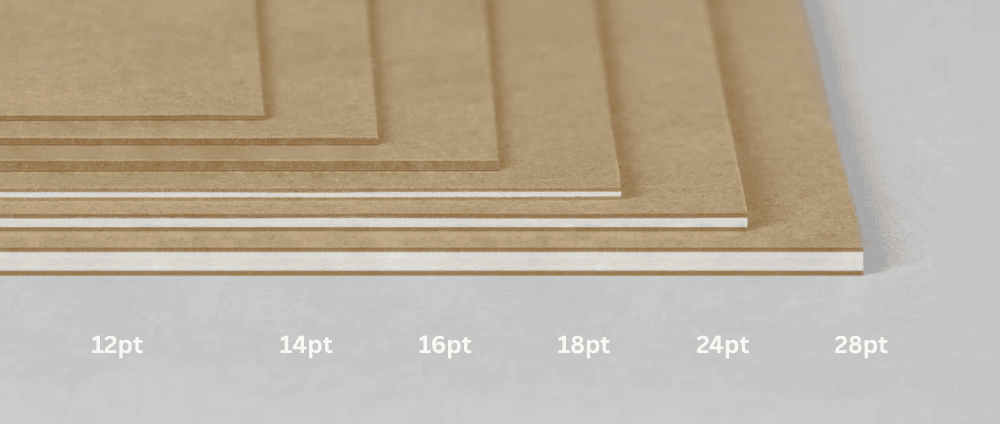
| Thickness (mm) | Weight (gsm) | Best For |
|---|---|---|
| 0.3 | 200-250 | Light items (tags, small boxes) |
| 0.4-0.5 | 250-350 | Food or cosmetic packaging |
| 0.6 | 350-400 | Heavy or fragile items |
Note: Need help choosing? Contact our experts or use our Material Selector below!
Printing Results and Color Considerations
Colors printed directly on natural brown paperboard appear muted.
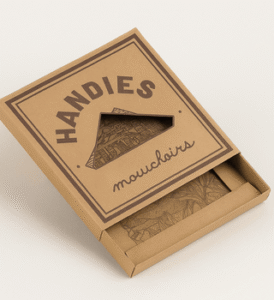
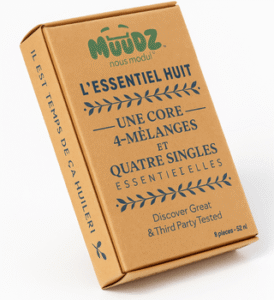
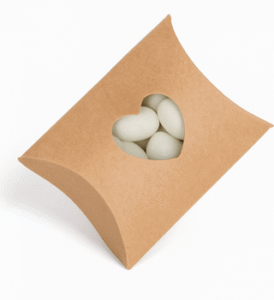
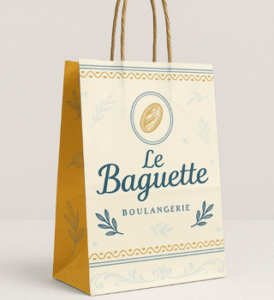
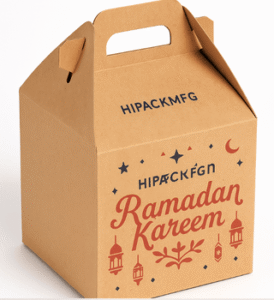

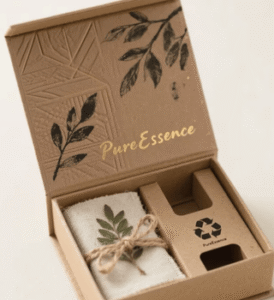
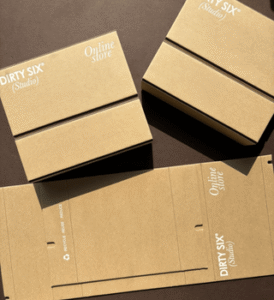
Not sure which material or option to choose?
No worries! We understand that getting the perfect custom packaging that meets your needs can be pretty tricky.
- Expert advice on choosing the best material and structure to meet your needs
- Professional guidance from engineers and designers on building the best packaging experience
- Anytime support with full-cycle project management and proactive updates
FAQ
It’s unbleached, brown, and more sustainable than white paperboard.
Thickness depends on usage, e.g., food packaging typically requires 16-18pt.
Yes, it meets food safety standards for packaging.
Slightly, due to its eco-friendly process, but often worth it.
Yes, thicker options (0.6 mm) support heavy loads.

